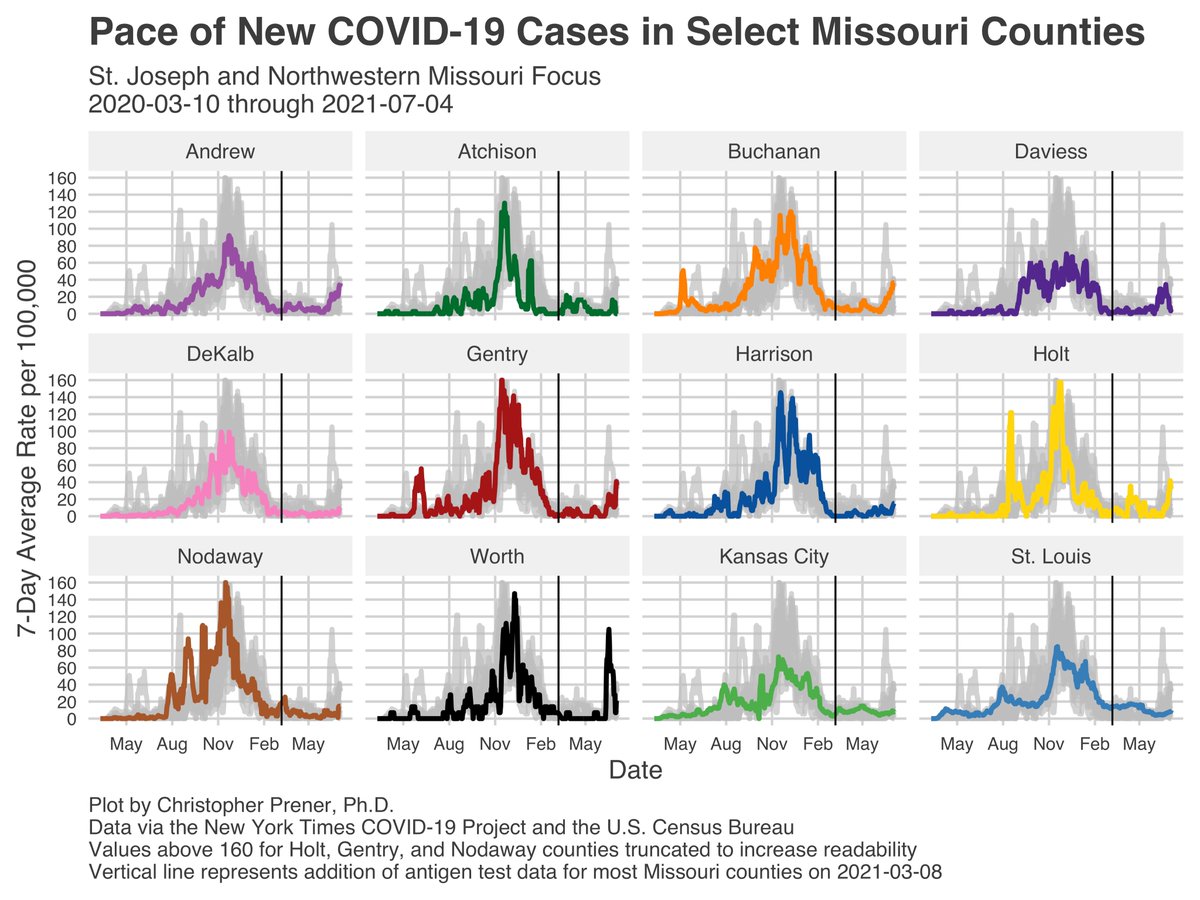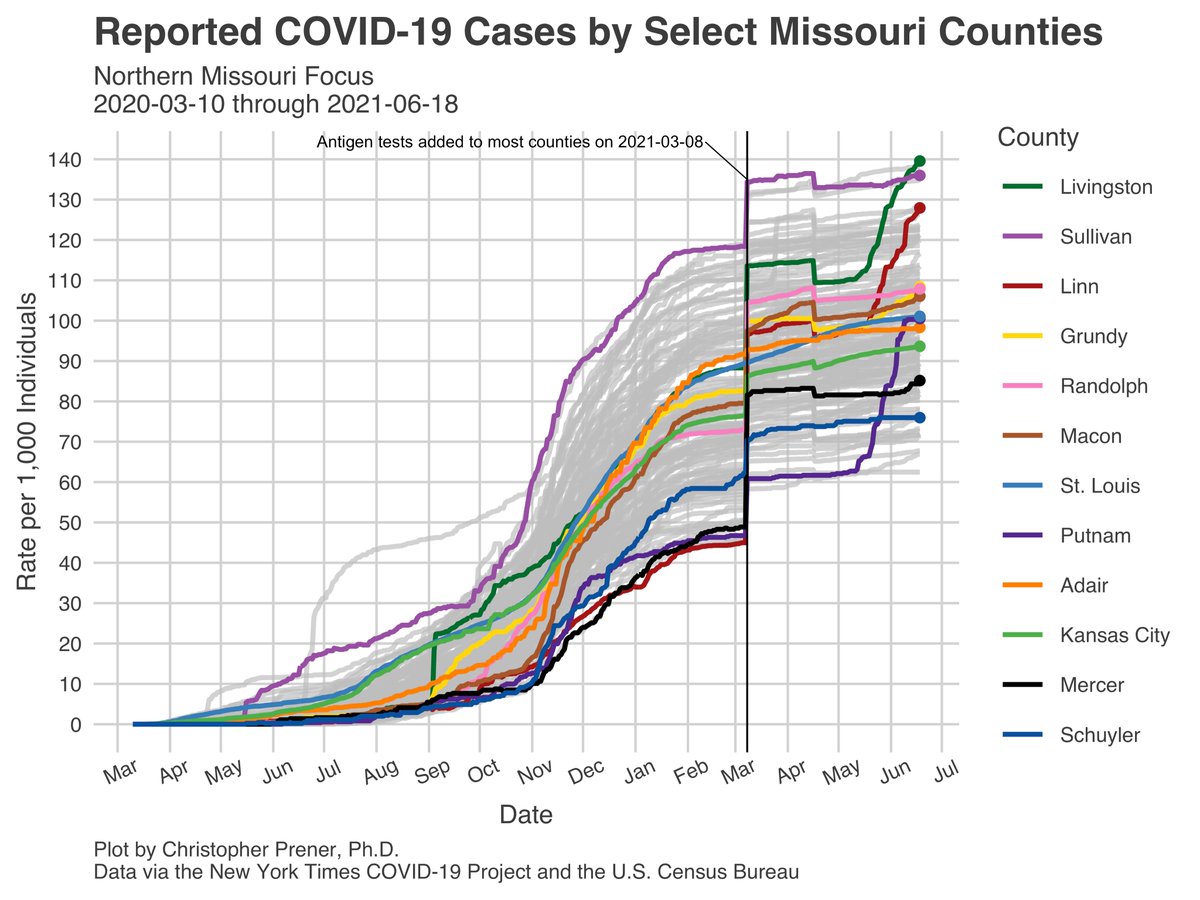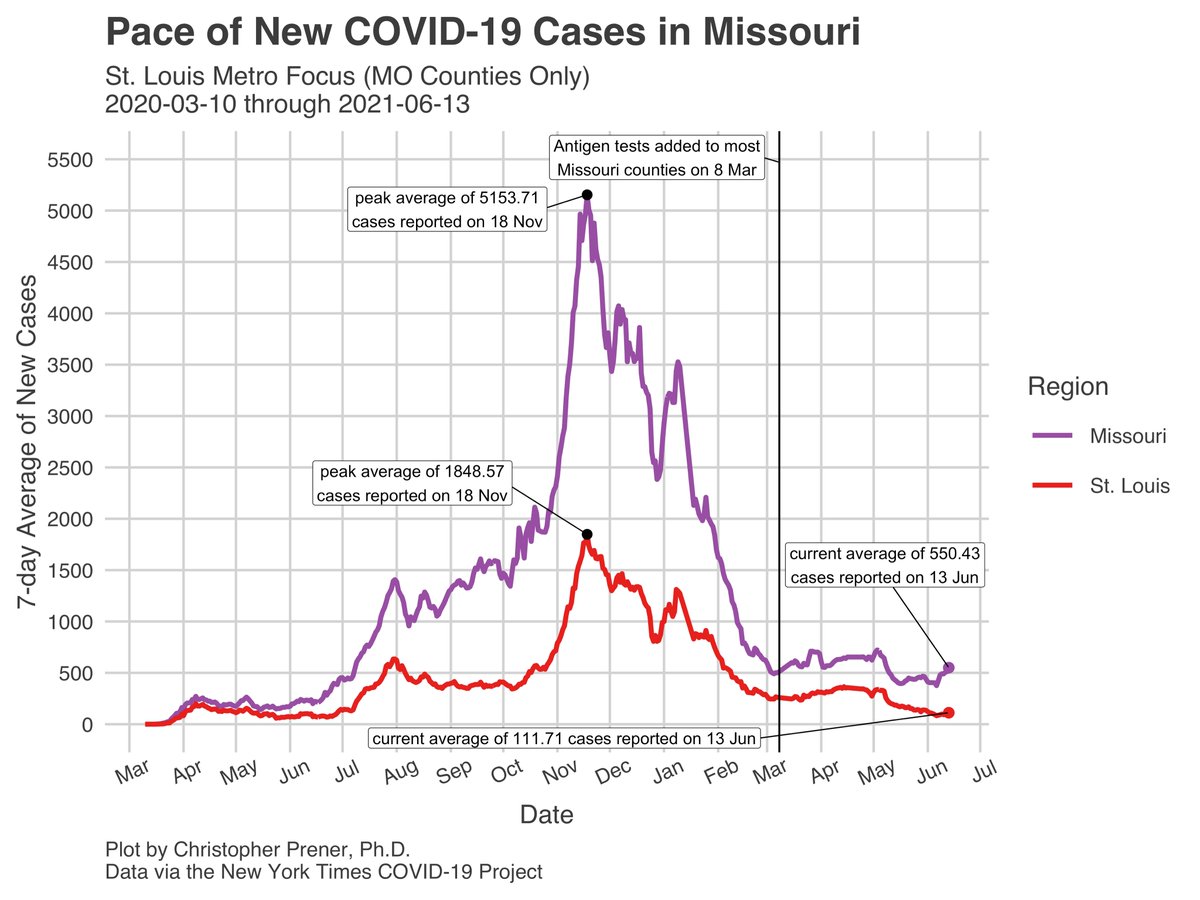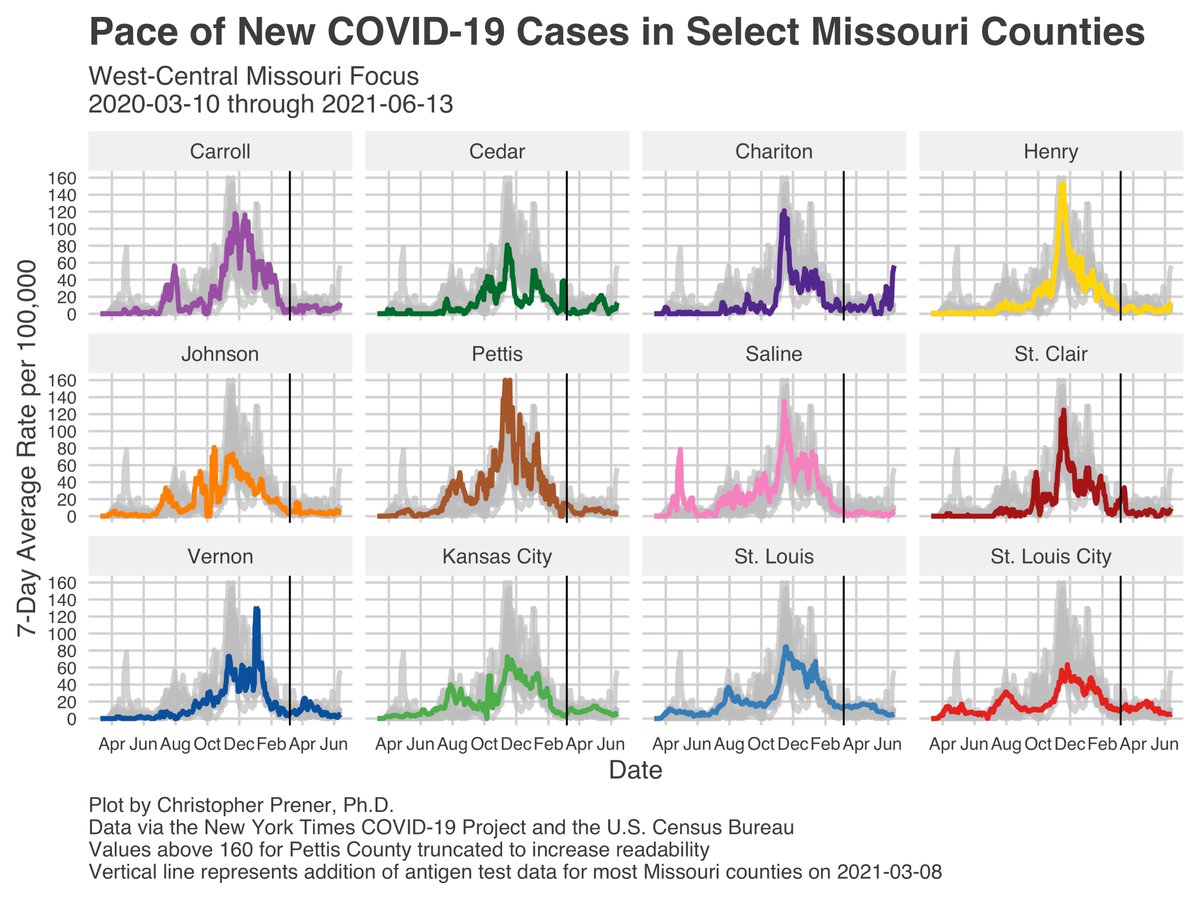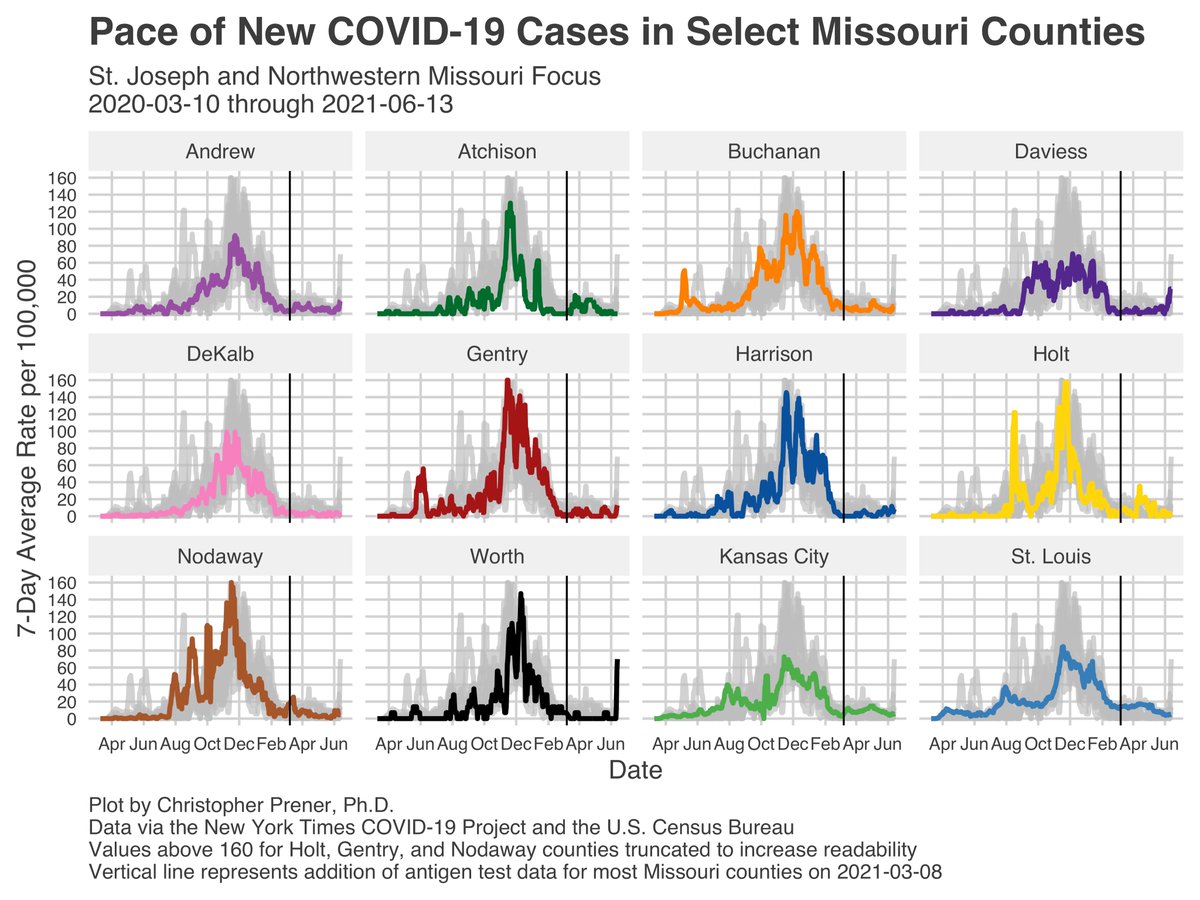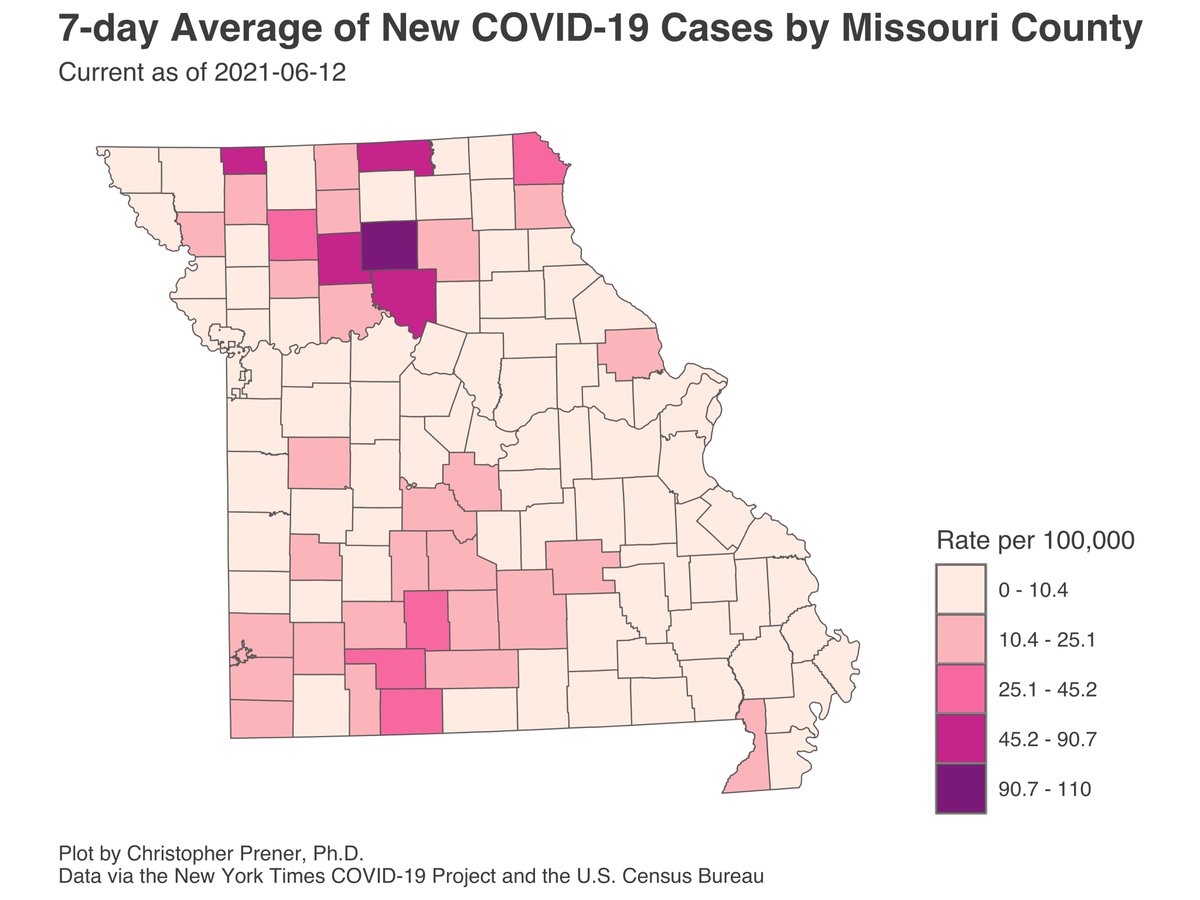
I haven't been to @SLULAW's building ever! But my office is in the former law library... does that count? I really don't know. 🤷
Anyway. I'm not a lawyer, *but* let's think about this collectively for just a minute... does Webster Groves *have* to admit any group?
Anyway. I'm not a lawyer, *but* let's think about this collectively for just a minute... does Webster Groves *have* to admit any group?

The most relevant case law here I'm aware of is Hurley v. Irish American Gay, Lesbian, and Bisexual Group of Boston. This allowed the *private* organizers of the Boston St. Patrick's Day parade to exclude groups based on their message because...
... the organizers themselves have a first amendment right to determine the content of the parade (the parade itself is speech). So, if they wanted to discriminate, even if they have been fairly loose with who participated in the past. en.wikipedia.org/wiki/Hurley_v.…
I should note that I find the historic exclusion of LGBTQ organizations from the Boston St. Patrick's Day parade odious. That said, based on the precedent the Hurley case established...
...the very easiest way for a public entity to limit participation in a parade, then, is to turn it over to a private community organization to organize. If the Lions Club in Webster Groves were to take over organizing, they would have wide latitude to determine its composition.
Would this translate to a publicly organized parade? Perhaps not directly, but courts have allowed for "time, place, and manner" restrictions. I would love to hear from some legal experts whether there is room there for a municipality to deny participation in a public parade...
... if there was substantial government interest in keeping the peace (if participants could provoke violence) and/or a public parade had a defined "expressive purpose" - basically a clear theme - as well as clear processes for allowing participants to march in the parade.
If a group could be plausibly seen as detracting from that expressive purpose, and that group could be given alternative arrangements - such as space in a free speech zone - I'm not sure a municipality has to grant them access to the parade.
• • •
Missing some Tweet in this thread? You can try to
force a refresh








